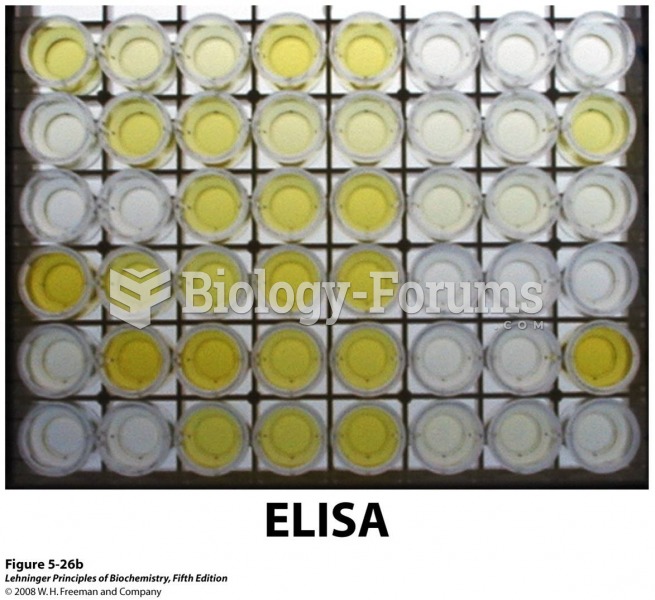Answer to Question 1
Six techniques are used in sampling:
In-store sampling is popular for food products and cosmetics. This is a preferred technique for many marketers because the consumer is at the P-O-P and may be swayed by a direct encounter with the brand. Increasingly, in-store demonstrators are handing out coupons as well as samples.
Door-to-door sampling is extremely expensive because of labor costs, but it can be effective if the marketer has information that locates the target segment in a well- defined geographic area. Some firms enlist the services of newspaper delivery people, who package the sample with daily or Sunday newspapers as a way of reducing distribution costs.
Mail sampling allows samples to be delivered through the postal service. Again, the value here is that certain zip-code markets can be targeted. A drawback is that the sample must be small enough to be economically feasible to mail. Specialty sampling firms provide targeted geodemographic door-to-door distribution as an alternative to the postal service.
On-package sampling, a technique in which the sample item is attached to another product package, is useful for brands targeted to current customers. Attaching a small bottle of Ivory conditioner to a regular-sized container of Ivory shampoo is a logical sampling strategy.
Mobile sampling is carried out by logo emblazoned vehicles that dispense samples,
coupons, and premiums to consumers at malls, shopping centers, fairgrounds, and recreational areas.
Answer to Question 2
Depending on the product, their approach to marketing will vary also.
Segmenting involves breaking down large, heterogeneous, and diverse markets into manageable submarkets, or customer segments. For segmenting to be useful, a marketer must be able to reach these resulting submarkets with its message. One of the most common ways to approach this task is by analyzing consumption patterns and commitment levels (heavy users, nonusers, brand-loyal users, variety seekers or switchers, emergent consumers). Other methods that are used include demographic, geographic, geodemographic, psychographic, and benefit segmentation.
Targeting involves choosing the specific subgroupthe target segmentas the focal point of the marketing efforts. Often, the largest segment is not chosen as the target, but rather, it is the particular segment made up of certain individuals with similar interests, needs, or lifestyles that may have a certain need or desire for the product.
Positioning involves designing and representing a product so it will occupy a distinct and valuable space in the marketplace. Positioning strategy is created when a company selects key themes and concepts to feature regarding the product when communicating its distinctive qualities.
Overall, markets are segmented, while products are positioned.







